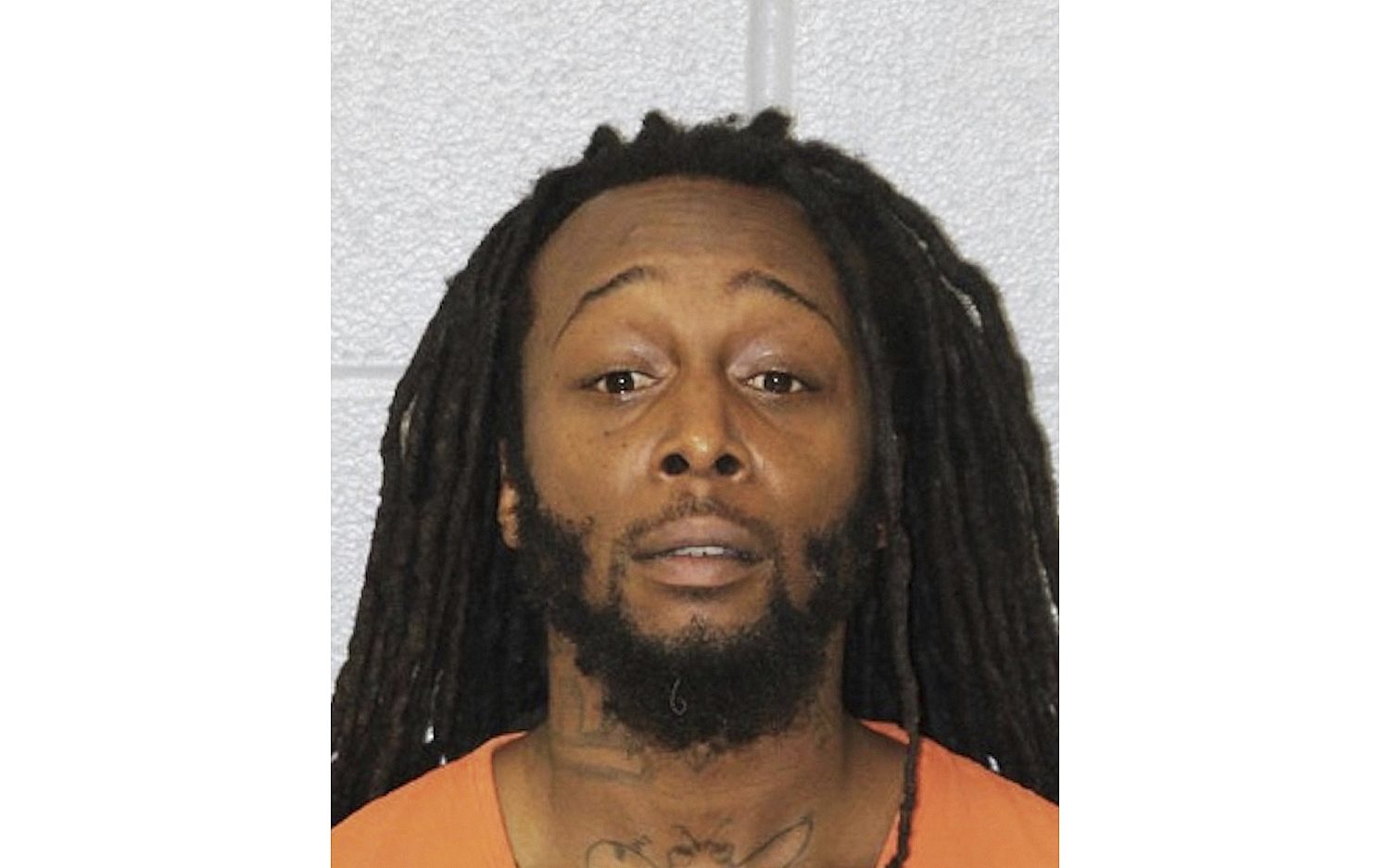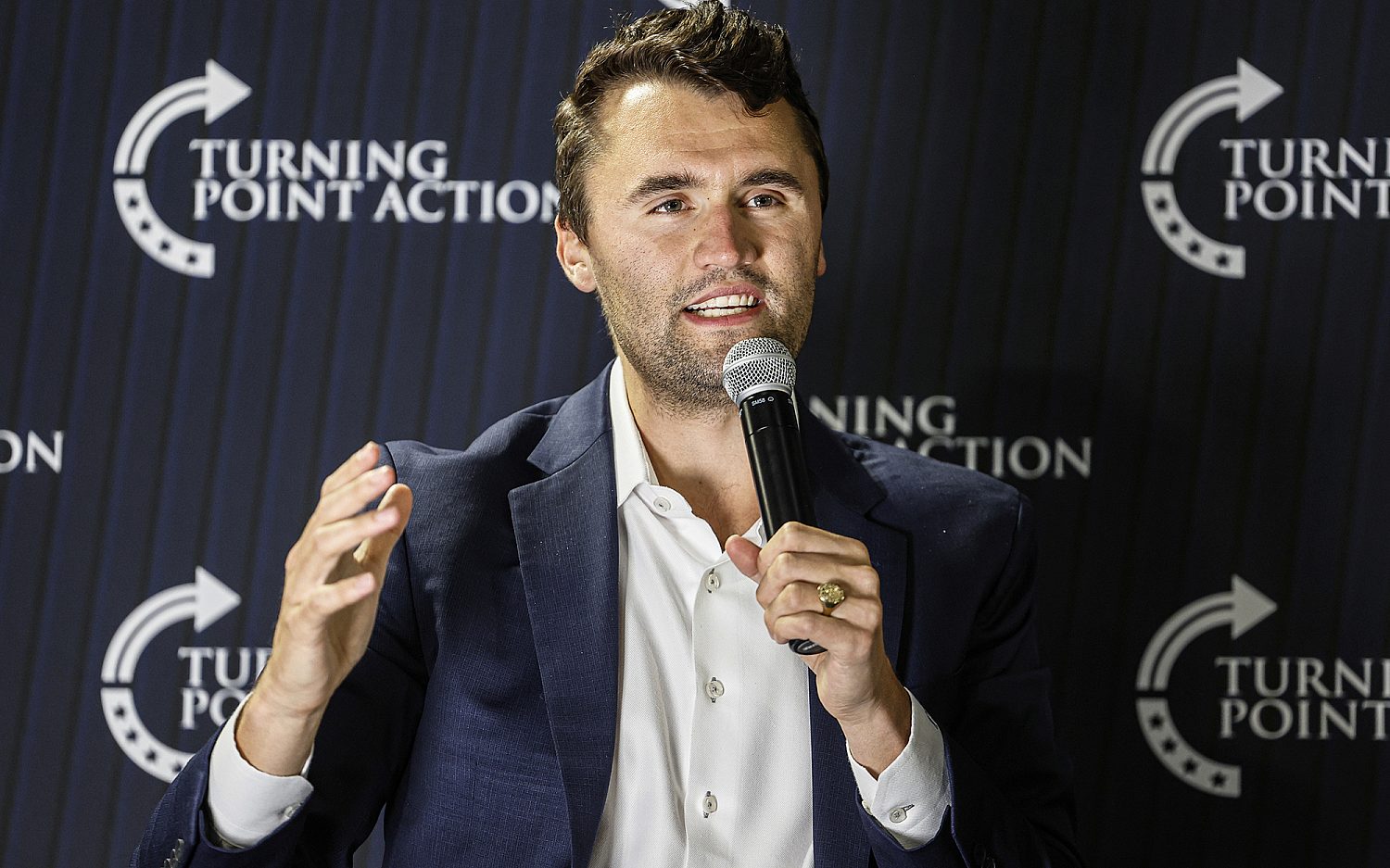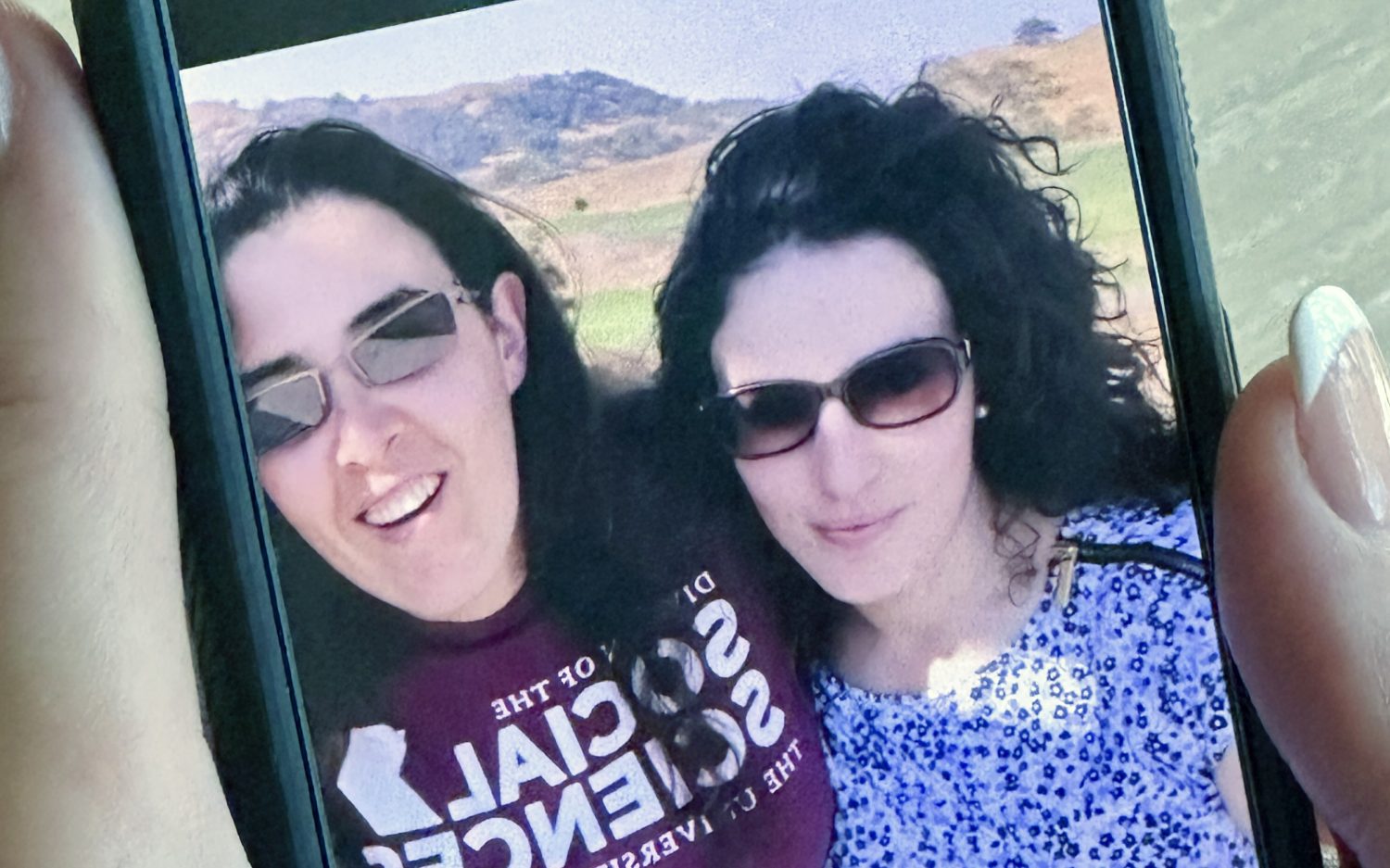What’s really behind the EpiPen price hike?
Drug maker Mylan blames high-deductible health plans, but critics say it’s simply corporate greed
About 1 in 13 children who suffer life-threatening allergies have an additional item on their back-to-school shopping list—an EpiPen, a one-time dose of emergency epinephrine designed to avert the deadly allergic reaction known as anaphylactic shock.
This month, as parents took the obligatory trip to drug store pharmacies, they made a budget-shocking discovery: The bill for their kids’ essential medication seemed closer to a rental payment, with some forking over as much as $400 for one prescription. Mylan, maker of the EpiPen, has raised the retail price for the standard two-pack to $609, a 548 percent increase over 2007 prices, according to Truven Health Analytics.
EpiPens cost about $57 in 2007 when Mylan acquired the drug and its auto-injector, a special device that delivers $1 worth of epinephrine.
The subsequent fury over the price hike has Mylan on the defensive.
“No one’s more frustrated than me,” Mylan CEO Heather Bresch told CNBC. “That $608 is a list price. … What Mylan takes from that is $137 per pen.” The price increase covers “manufacturing the product, distributing the product, enhancing the product, and investing,” according to Bresch.
The company blamed the sticker shock—in part—on the increasing number of people enrolled in high-deductible health plans that require consumers to shoulder a greater portion of the medication’s cost.
But the White House blamed the price increase on “obscene profits” and corporate greed.
“Pharmaceutical companies do real damage to their reputation by being greedy and jacking up prices in a way that victimizes vulnerable Americans,” White House press secretary Josh Earnest told the Washington Times.
In the United States, drug manufacturers charge what they think the market will bear. Unlike in other countries, the U.S. government doesn’t regulate drug prices. Products equivalent to the EpiPen cost less than $100 in many countries.
In 2015, Mylan made $1.2 billion selling EpiPens. That year, Bloomberg reported the epinephrine delivery system represented 40 percent of Mylan’s operating profits. Conservative estimates have Bresch earning more than $18 million, placing her sixth on FiercePharma’s list of the top 20 pharma CEO earners. Bresch’s father is U.S. Sen. Joe Manchin, D-W.Va.
Bloomberg, which chronicled the embattled pharmaceutical company’s journey to turn the EpiPen into a billion-dollar business, calls Mylan “a textbook case in savvy branding.”
Mylan’s EpiPen4Schools program has provided schools with more than 700,000 free EpiPens and pressed for legislation requiring the device be stocked at every campus. President Barack Obama, whose daughter Malia suffers from a peanut allergy, signed it into law in 2013.
“This is something that will save children’s lives,” Obama said when he signed the legislation.
Since then, the EpiPen has become the go-to product for allergy emergencies. Few parents are even aware of the only affordable alternative, Adrenaclick, which sells for $142 at Walmart and Sam’s Club with a coupon from GoodRx. With EpiPen becoming so well-known, most doctors prescribe it without considering Adrenaclick, and pharmacists can’t substitute that for the EpiPen.
As the demand for the EpiPen increased, so did its price. Mylan also pressed for guidelines that call for having two pens at all times, in case the first pen fails. Then Mylan began offering only two-pack EpiPens. The drug’s short half-life adds to its expense. A single EpiPen is only good for one year. As schools, child-care facilities, and distant relatives were encouraged to have an EpiPen on hand, “just in case,” Mylan could be assured of a steady yearly profit flow from repeat customers.
“They have done a tremendous job of taking an asset that nobody thought you could do much with and making it a blockbuster product,” Jason Gerberry, a Leerink Partners analyst, told Bloomberg.
After being blasted for price hikes, Mylan announced Thursday that instead of lowering the price, it will create a savings card to cover up to $300 of its EpiPen 2-Pak. But the announcement underwhelmed many parents, including Kelley Beatty, whose 7-year-old son Andrew requires an EpiPen.
“You call it a ‘savings card,’ which is awesome, except if you pay out of pocket or if your deductible is greater than $300, your co-pay will be greater than $0,” Beatty wrote in an open letter to Bresch. “I may not be a math major, but that’s not a $0 co-pay, is it?”
An actual newsletter worth subscribing to instead of just a collection of links. —Adam
Sign up to receive The Sift email newsletter each weekday morning for the latest headlines from WORLD’s breaking news team.




Please wait while we load the latest comments...
Comments
Please register, subscribe, or log in to comment on this article.